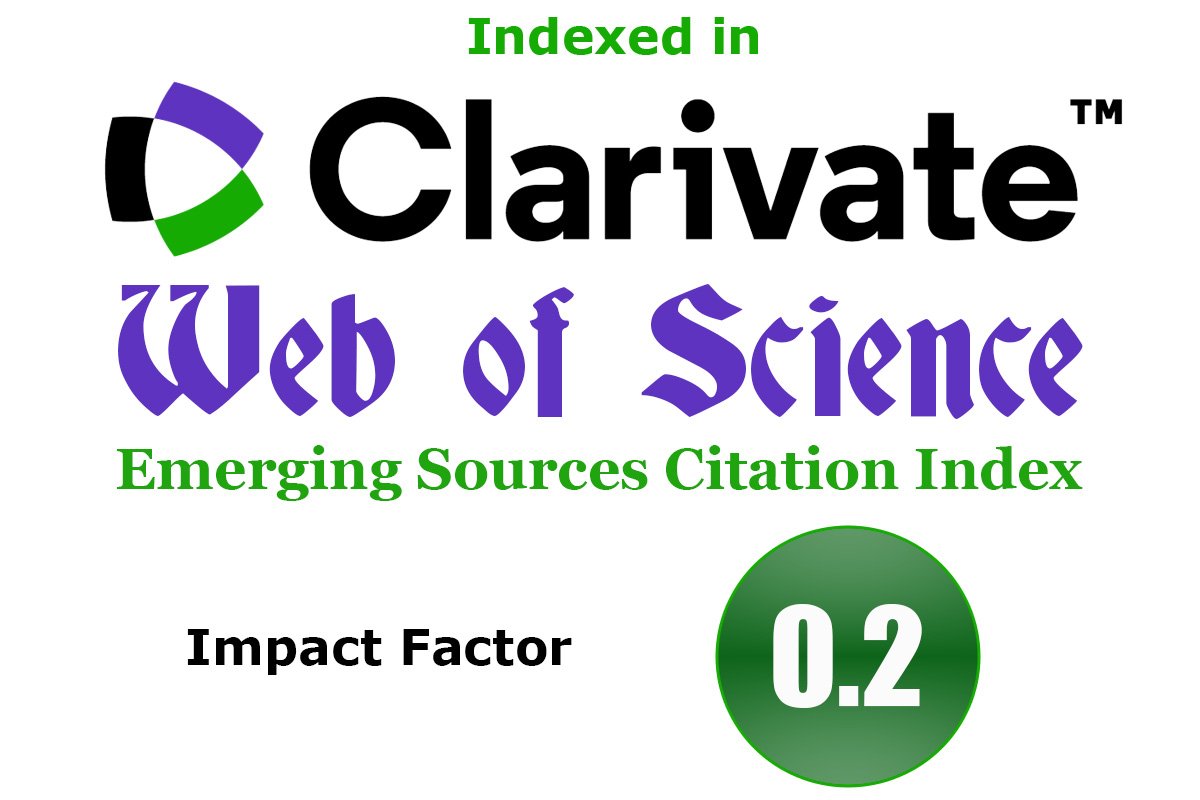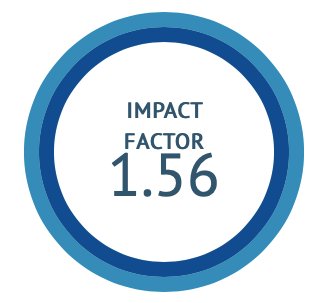Pilot study on efficacy of Sarjarasa malahara local application in Parikartika with special reference to Fissure-in-ano
DOI:
https://doi.org/10.47552/ijam.v13i1.2408Keywords:
Parikartika, Fissure-in-ano, Vrana, Sarjarasa MalaharaAbstract
Parikartika i.e. Fissure-in-ano is the most common disease amongst anorectal disorders characterized by severe cutting pain in anal region. Modern treatment includes local application of soothing ointments, oral analgesics and stool softeners in initial condition. Surgical management includes Lord’s dilatation, fissurectomy and lateral Sphincterotomy. But it may lead to complications like bowel incontinence and recurrence. So it is a need of hour to find an alternative and better treatment option. While managing Parikartika, two important things should be taken into consideration- to reduce pain at anal region and to heal the fissure. Keeping these aspects in mind, a pilot study was conducted using local application of Sarjarasa Malahara in the treatment of Parikartika. Methodology: Total 15 patients diagnosed as Parikartika were selected for this study. Sarjarasa Malahara was applied locally in fissure bed twice a day after sitz bath for 28 days. Result: Very encouraging result of local application of Sarjarasa Malahara was noted. Pain, bleeding, itching at anal region and spasm were significantly reduced. Considering overall effect out of 15 patients 13 patients of Parikartika were completely cured i.e. 87% (P=0.0003) and 2 patients were markedly improved i.e. 13% (P=0.0231) at the end of 28days.Conclusion: Considering all above properties of individual drugs, observations and results it can be said that Sarjarasa Malahara is effectively useful in reducing pain, inflammation, itching, spasm and bleeding per rectum and healing of fissure at anal region. Hence, it can be concluded that Sarjarasa Malahara is useful in the treatment of Parikartika.
Downloads
Published
How to Cite
Issue
Section
License
Copyright (c) 2022 International Journal of Ayurvedic Medicine

This work is licensed under a Creative Commons Attribution 4.0 International License.
The author hereby transfers, assigns, or conveys all copyright ownership to the International Journal of Ayurvedic Medicine (IJAM). By this transfer, the article becomes the property of the IJAM and may not be published elsewhere without written permission from the IJAM.
This transfer of copyright also implies transfer of rights for printed, electronic, microfilm, and facsimile publication. No royalty or other monetary compensation will be received for transferring the copyright of the article to the IJAM.
The IJAM, in turn, grants each author the right to republish the article in any book for which he or she is the author or editor, without paying royalties to the IJAM, subject to the express conditions that (a) the author notify IJAM in advance in writing of this republication and (b) a credit line attributes the original publication to IJAM.




